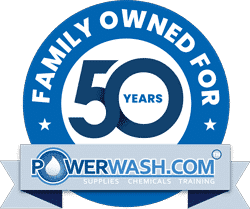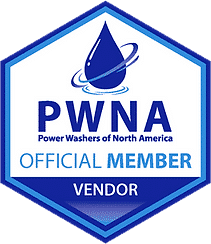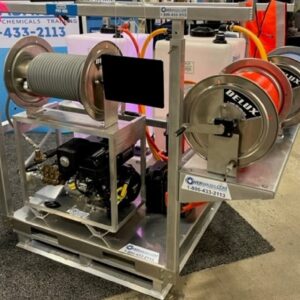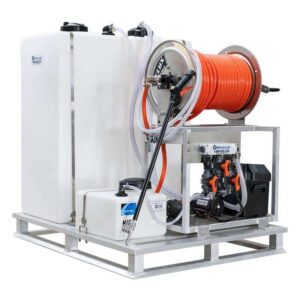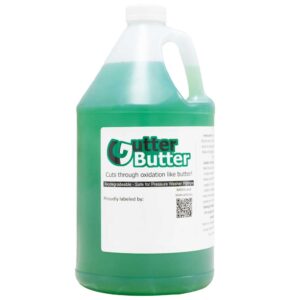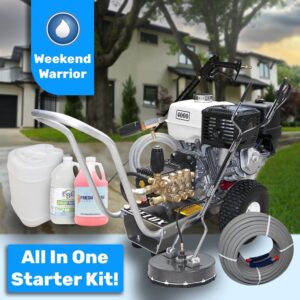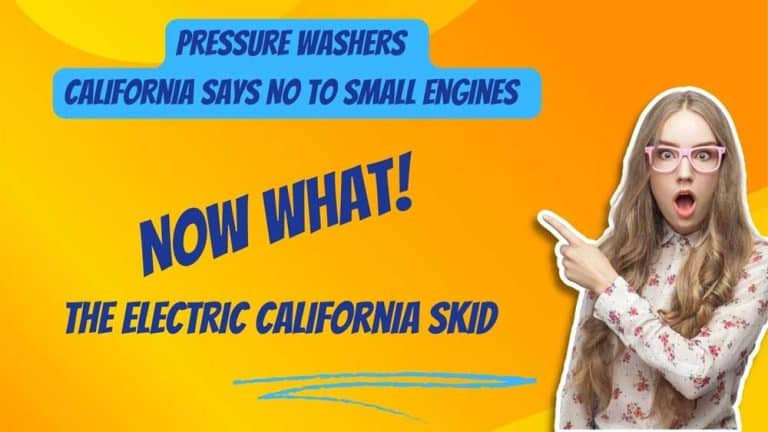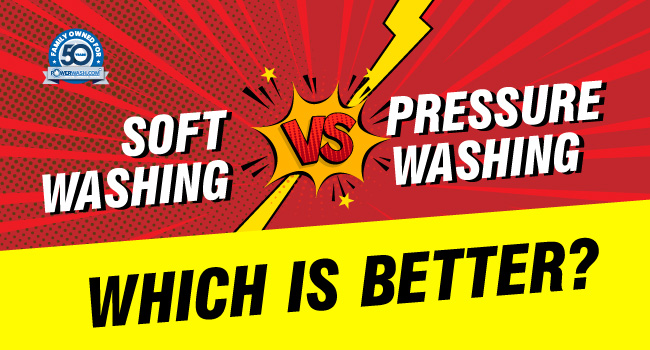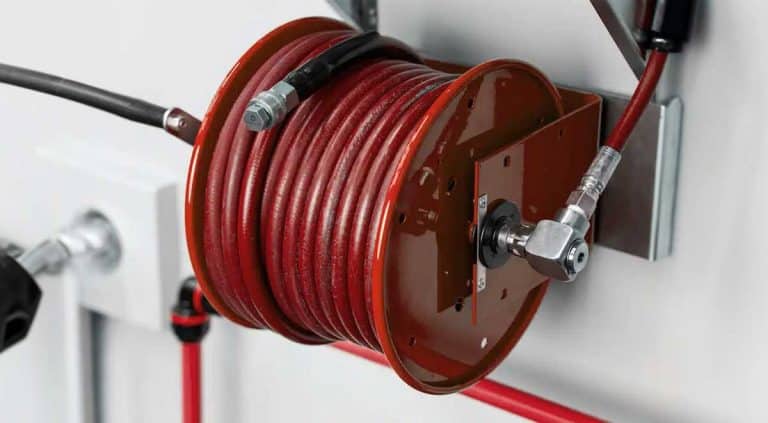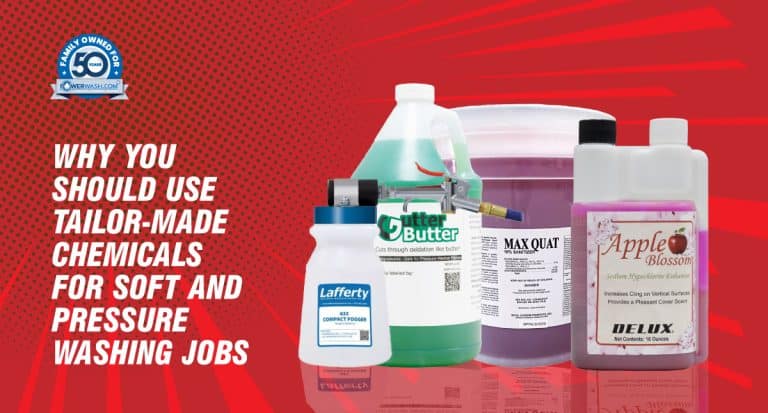Is Kitchen Exhaust Pollution Control Part
of the Solution to Outdoor Air Quality Problems?
By Bernard Besal, CECS, Besal Services
For those exhaust cleaning contractors who have been in business for one to two decades, equipment pertaining to kitchen exhaust pollution control has definitely been evolving.
With increases in metropolitan area pollution density comes challenges of worsening outdoor air quality, resulting in emissions controls for everything from automobiles to industrial and manufacturing facilities.
The question posed is one of great magnitude for our industry since the application of equipment and systems designed for reducing emissions from kitchen exhaust results in the need for high levels of maintenance to be provided in order to maintain the operational efficiencies of the systems.
Restaurant exhaust emissions management generally fall into two categories depending upon the circumstances of the geographic location and the desired level of reduction.
For those areas, such as the Southern California Clean Air District, where “smog” remains the predominant concern, reduction of smoke capacity of restaurant emissions would be a primary factor.
Generations of equipment to serve this purpose to date have predominantly been electrostatic precipitators and scrubbers.
Electrostatic Precipitators work on the principle of excitement and electrical attraction of sub-micron particles of smoke atoms. Generally consisting of collecting “Cells” arranged in a housing and high voltage power supplies to provide ionization and collecting of contaminants, this approach has been proven successful with respect to the severity of the application, ability of the equipment to provide certain levels of efficiency, and the cost of operation.
To deal with removal of the by-product from the collector cells, some manufactur
ers provide wash down systems which consist of plumbing and controls to facilitate a daily wash with hot water and detergent. This generally will help reduce frequency of cell maintenance (i.e., removal, cleaning and replacement of collecting cells). However, it will nor eliminate this required maintenance.
Many systems do not incorporate wash down features and thus rely solely on manual removal, cleaning, and replacement of the collecting cells which must be provided on a routine basis to ensure the effective performance of the equipment.
`… with increases in metropolitan
area pollution density comes
challenges of worsening outdoor
air quality, resulting in emissions
controls for everything from
automobiles to industrial and
manufacturing facilities. “
When dealing with efficiencies substantial enough to trap sub-micron particles of smoke, one must also consider the fact that other contaminants such as airborne grease aerosols will also be collected, and maintenance of this equipment should be specified considering the additional passive load.
Scrubbers within the application of kitchen exhaust emissions reduction really remain in their infancy at this point in time. Trapping smoke particles within a water bath remains a challenge when dealing with air volumes as great as those generated by kitchen exhaust.
Industrial application of scrubbers does remain widespread and the principle theory of particulate knock down is relatively simple. The arrangement again is a housing in the path of the exhaust which provides mixing of exhaust air and water to knock down and trap sub-micron particles of srnoke.
Control asemblies provide distribution of water to the unit. Periodic flushing of the bath and introduction of detergent for by-product suspension will he incorporated and once again will need to be designed with the ability to process large volumes of grease, as this remains abundant in the air stream.
The second stage of pollution control which deals with odor abatement, remains limited in applications where discharge of kitchen exhaust is covered by regulations to prevent foul air being drawn into outside air intakes for neighboring buildings.
The primary principle of operation here is to either trap or reduce odor molecules (which are substantially smaller than smoke atoms) through an oxidation process. Beds of media located within a housing in the path of the kitchen exhaust, usually protected by filters to provide entrapment of carbon particulate, is the general approach used. Coconut shell virgin carbon, petrol type carbon and odor oxidants such as potassium permaganate are the main medias used in this application of odor abatement, and all are very expensive to employ.
Newer technology uses disposable filters to trap particulate and smoke followed with the introduction of organic odor eliminating solution. This method of odor control is becoming popular and more widely used.
The challenges of improving outdoor air quality will definitely include kitchen exhaust smoke and odor abatement. We, as an industry must remain on the forefront as these changes occur. Those of us ahead of the curve will benefit not only in terms of the improved quality of the air we breathe, but in our profitability.
This artilce appeared in the Spring 2001 edition of “The Scratch Pad”
